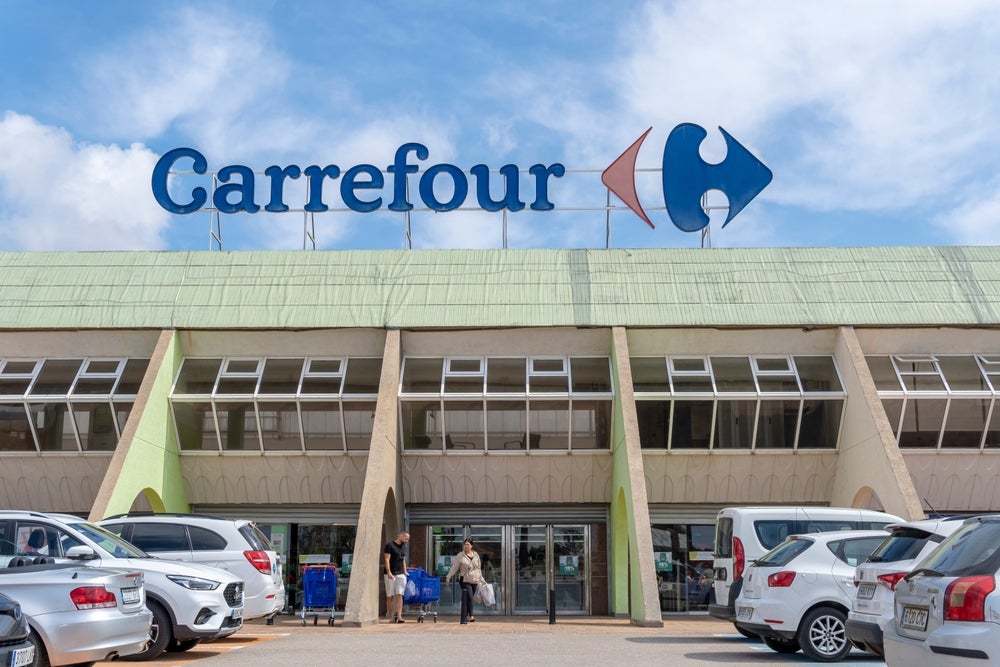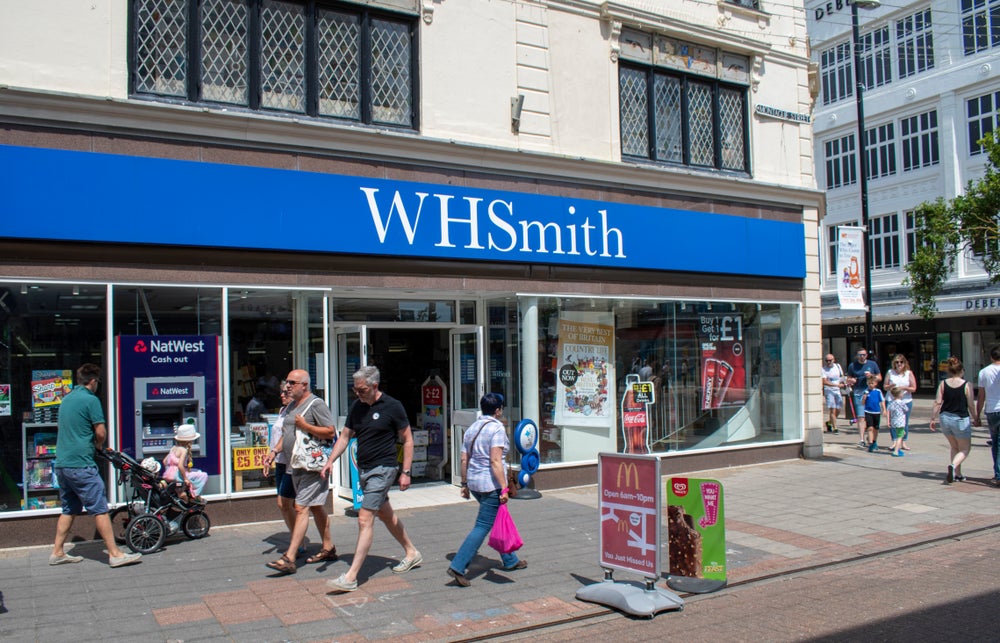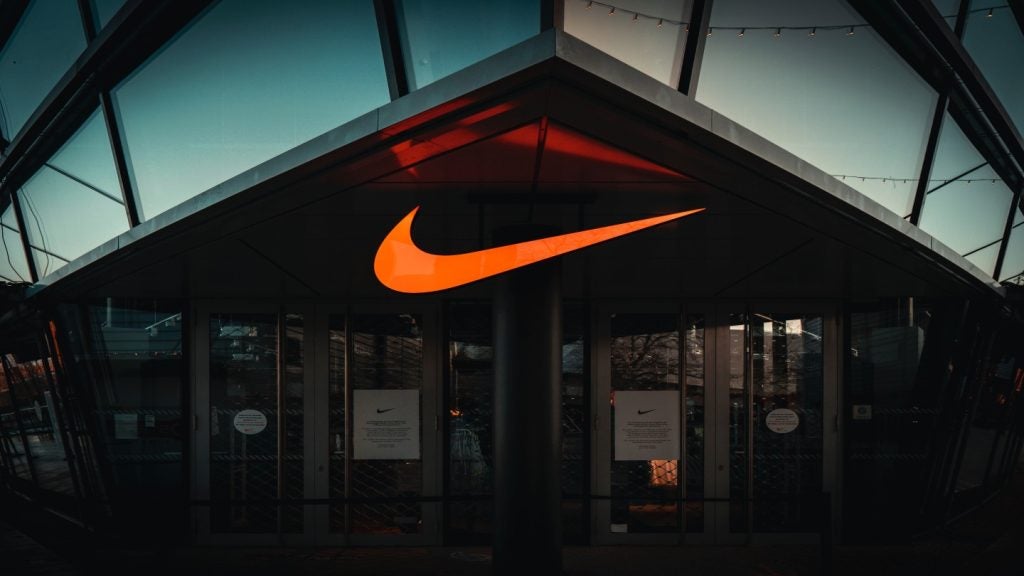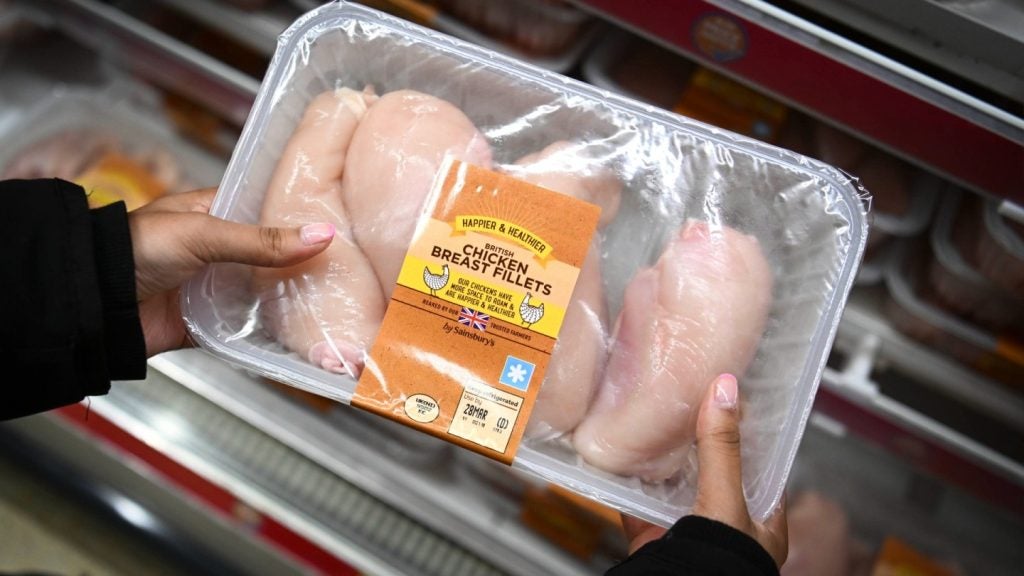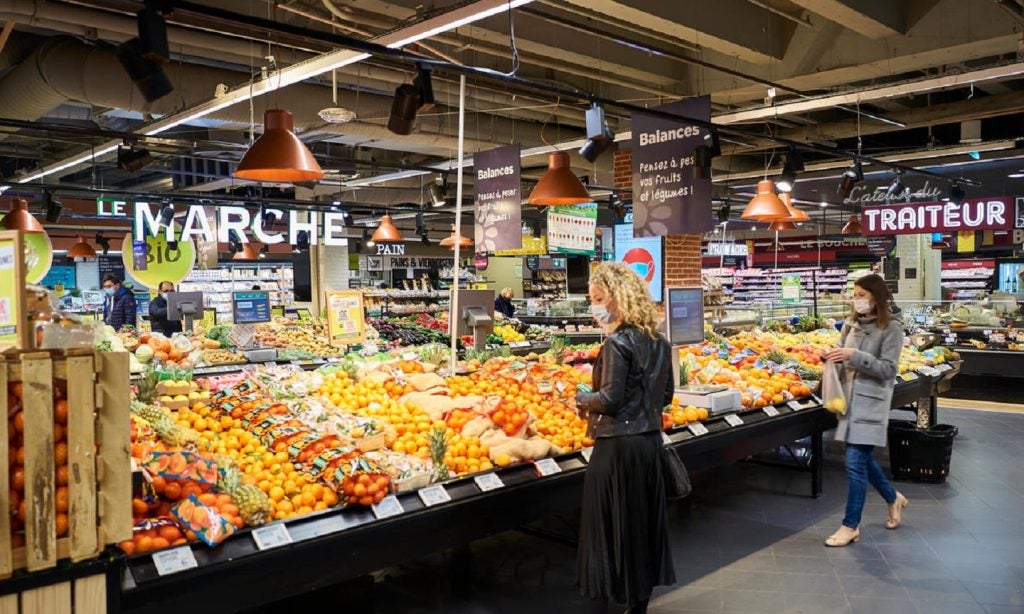Luxury goods retailers are set to significantly boost spending on technology and communications over the next three years as sales increasingly go online, new research by communication technology company Communications Specialist shows.
The study surveyed senior executives at luxury retailers with a total annual turnover of $3.1bn across Asia, Africa, Europe, the US and South America.
The executives are predicting an increase of 36% in spending on technology over the next three years. One in five believe spending will rise by 50% or more.
What is a key technology in luxury retail?
A key focus is the increased use of mobile solutions such as mobile point-of-sale (POS) devices. These can help sales staff enhance customer service in stores and help manage customer deliveries.
The POS software market size will be valued at $5.5bn in 2023 and is expected to grow at a compound annual growth rate (CAGR) of 10.4% by 2030.
GlobalData understands that this growth will be driven by increasing demand for contactless payments used for transaction processes, the growing adoption of cloud-based solutions and the rising popularity of mobile payments.
Around a quarter (24%) of surveyed executives expect mobile POS use to increase dramatically over the next three years and 76% expect a slight increase.
In addition, the research states that sales are increasingly moving online. On average, the executives questioned expect 28% of sales in the luxury retail market to be online within three years as customers increasingly want to interact with favoured brands in the digital space.
GlobalData’s thematic retail intelligence finds that shoppers are increasingly seeking products that offer better value for money, are more versatile, and last longer, so are trading up to premium and luxury players.
Retail Insight Network previously reported that the rising number of high net-worth individuals and mass affluence globally is another key driver behind the rapid expansion of the luxury retail market.
While sales look positive, costs in the sector have risen sharply in the past year. When compared with the pre-COVID period. Around a third (32%) of executives questioned estimate costs in the sector are 30% or more.




